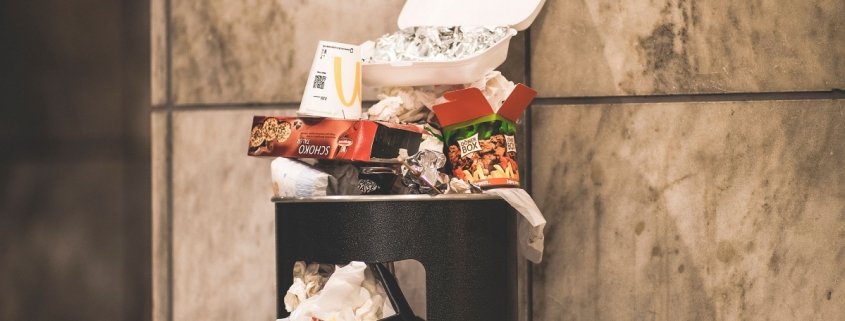
Breakdown of Direct Litter Costs in the U.S.
Litter clean up costs the U.S. more than an estimated $11.5 billion each year.
- Businesses pay $9.1 billion of clean up costs, or about 80%.
- States, cities, and counties together expend $1.3 billion on litter abatement. Litter removal is often a hidden cost within employee expenses or other projects which makes it difficult to determine the actual cost to local governments.
- Educational institutions spend approximately $241 million dollars annually for litter clean up. Similar to local governments, litter costs are often not included as a budget line item, making it difficult to determine the time spent on cleanup in hallways, cafeterias, and sports facilities.
- Many communities depend on volunteers to clean up litter, a trend that will likely grow.
- Continuing population growth—about 3.5 million/year— will strain litter abatement efforts. Even if litter is reduced on a per capita basis, more people will tend to result in more litter.
- As the U.S.—along with state and local governments— struggles economically, budget cuts may reduce tax-funded litter clean-up programs.
The indirect costs of litter on quality-of-life are considerable.
Indirect costs include the degree to which litter reduces the value of real estate, deters a customer from entering a business, or a new employer from locating to a community. To measure these impacts of litter, the 2009 study surveyed homeowners, realtors, and business development officials.
- 93% of homeowners say a littered neighborhood would decrease their assessment of a home’s value and influences their decision to purchase a property. And 40% estimated that litter would reduce a home’s value by 10% to 24%.
- 36% of business development officials say that litter impacts a decision to locate to a community.
- 55% of realtors think that litter reduces property values by about 9%.
- 60% of property appraisers would reduce a home’s value if it was littered.
- The presence of litter in a community decreases property values by a little over 7%, according to the National Association of Home Builders pricing model.
Litter has costly environmental consequences.
- The environmental outcomes of litter can have economic impacts. This includes lost tourism revenues, expenses for repairing vehicles, boats and ships, restoration of ecosystems, wildlife injury, and eventually the cost to human health.
- Debris may be carried by storm drains into local waterways, with potential for serious environmental contamination. Wind and weather, traffic, and animals all move litter into gutters, lawns and landscaped areas, alleyways, and parking structures.

* The 2009 National Visible Litter Survey and Litter Cost Study was prepared by MidAtlantic Solid Waste Consultants for Keep America Beautiful, Inc. Research reports and an executive summary can be downloaded at www.kab.org/research09. Keep America Beautiful, Inc. 2009 national litter and littering behavior research were conducted through a grant from Philip Morris USA, an Altria Company. Wm. Wrigley Jr. Company Foundation sponsored the creation of these fact sheets. All contents Copyright 2010 Keep America Beautiful, Inc. – www.kab.org. January 2010
Sources:
https://kab.org/wp-content/uploads/2019/11/LitterinAmerica_FactSheet_CostsofLittering.pdf (January 2010)
https://kab.org/wp-content/uploads/2019/11/LitterinAmerica_FactSheet_LitterOverview.pdf (January 2010)



Leave a Reply
Want to join the discussion?Feel free to contribute!